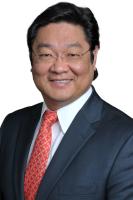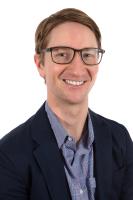Liposuction
Overview
Liposuction (or lipoplasty) is the most common cosmetic procedure in the United States. It is surgery that removes unwanted fat from specific areas, improving the contours of your body. The most frequently treated areas include the abdomen, buttocks, hips, thighs, knees, calves, upper arms, neck, and chin.
 The plastic surgeons at Summit Health have extensive experience performing liposuction, and it is our philosophy to be straightforward with our patients about what the procedure can and cannot accomplish. We want you to have realistic expectations so that you will be happy with your result.
The plastic surgeons at Summit Health have extensive experience performing liposuction, and it is our philosophy to be straightforward with our patients about what the procedure can and cannot accomplish. We want you to have realistic expectations so that you will be happy with your result.
Liposuction is not a weight loss or cellulite-reducing technique. Viable candidates for the surgery are near their ideal body weight, but they have areas where localized fat has accumulated and has not responded to exercise or dietary changes. These pockets of excess fat cause the body to look out of proportion. Liposuction can improve the body’s proportions and create a smoother contour.
“Finally got rid of my belly! Dr. Momeni is wonderful! His technique is amazing and I already looked better one day after surgery…. He is respectful and considerate of each patient's needs.”
Ready to get started?
The best candidates for liposuction are those who have firm and elastic skin. If the skin is firm and elastic, one can reasonably expect it to shrink after liposuction. If you have loose or hanging skin, liposuction will not improve it. The only way to rid your body of that loose excess skin is to trim it. Compare the areas where you are considering liposuction with the photos below. If you have tight skin like in the first photo, you might be a good candidate for liposuction. If you have loose skin as in the second photo, liposuction will not be sufficient for you.
For those with loose skin, procedures like a tummy tuck, arm lift, thigh lift, buttock lift, or neck lift might be appropriate. These surgeries remove the excess skin, as well as fat.
Liposuction Procedure
“I have had liposuction, breast augmentation, Botox and Voluma from Dr. Momeni and I couldn't be happier. I absolutely will return for future procedures. You could not ask for a more professional, caring doctor, with an eye for beauty and knowledge of the latest procedures. I highly recommend Dr. Momeni.”








